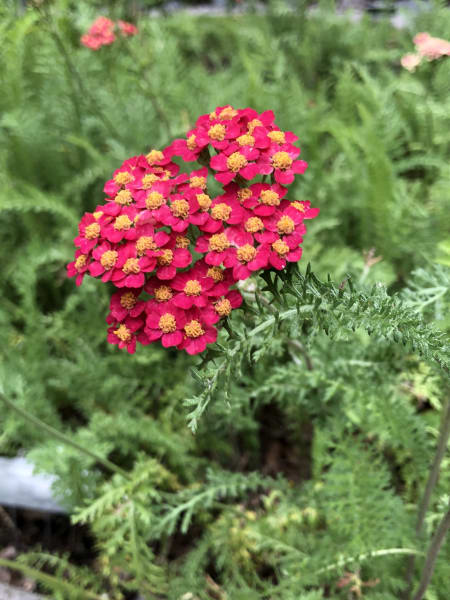Clusters of single 1¼"-wide pinkish-lilac saucer-shaped flowers beckon the native pollinators. Vigor, longevity, hardiness, lo-o-ong flowering period and lush attractive foliage make this North American native useful for borders, edging, rock gardens or as an orchard companion. After bloom, distinctive long narrow “cranesbill” seed pods flutter jauntily above the spreading foliage, which quickly forms dense clumps and turns a rich red in fall.
Name confusion may be a big reason why this attractive easy-to-grow genus is not more well known: the popular bedding and indoor plant with big red flowers widely called geranium is actually Pelargonium. This is the true geranium.
For best results plant in the lightly shaded areas of wild open woodland gardens or in the orchard underneath your ancient apple trees. Plant 12-18" apart in average garden soil. Native to North America. Attractive to pollinators. Z4. (bare-root crowns)
Items from our perennial plants warehouse ordered on or before March 7 will ship around March 31 through late April, starting with warmer areas and finishing in colder areas. Orders placed after March 7 will ship around late April through early-to-mid May, in the order in which they were received.




